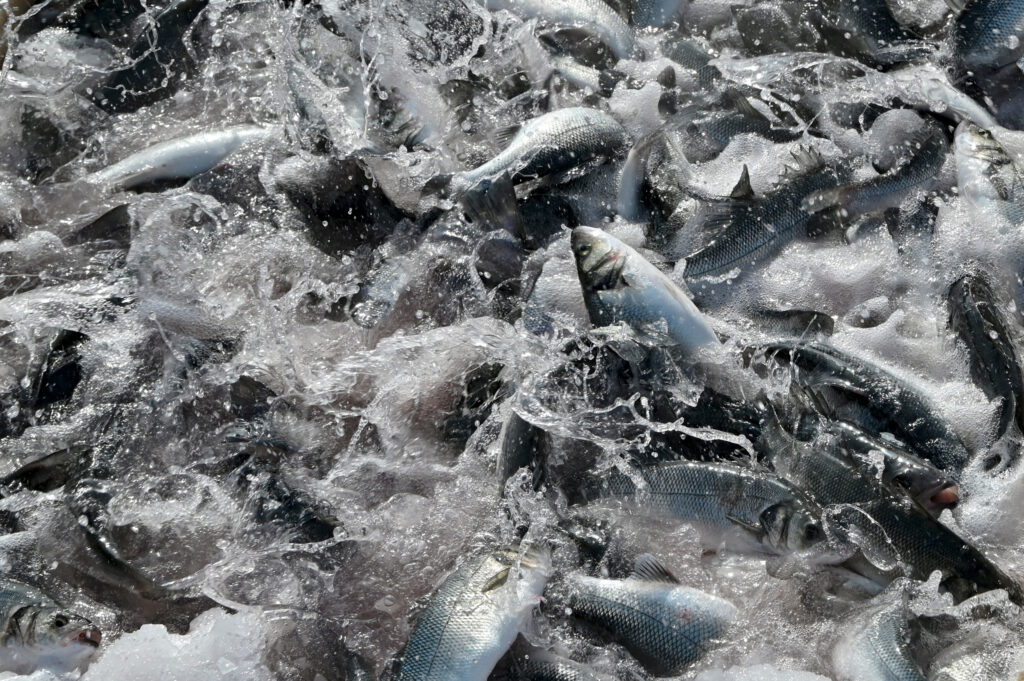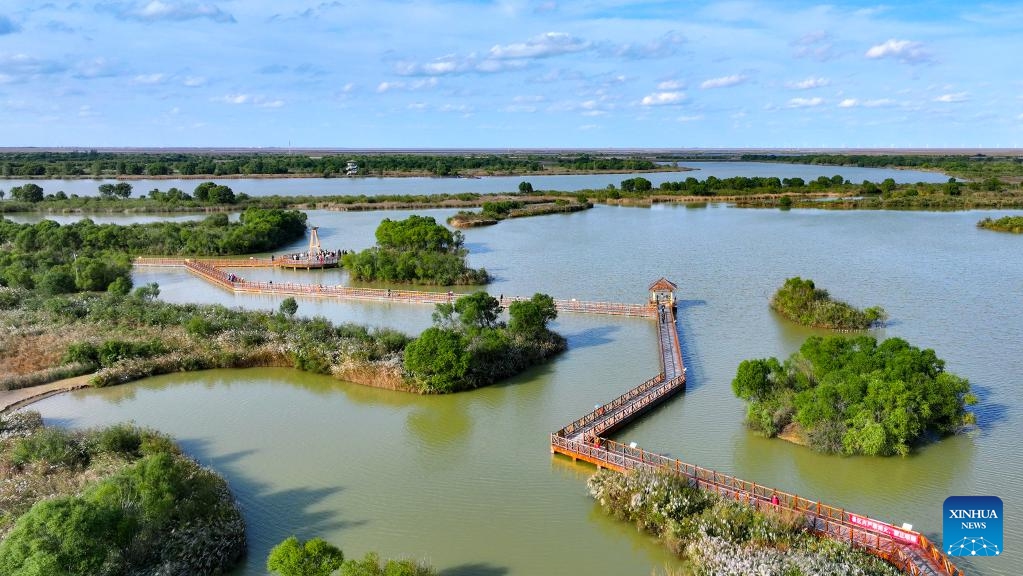Need tech-driven approach to ocean exploration, marine research: Somanath – The Times of India

Report on the Call for an Integrated, Technology-Driven Approach to Ocean Exploration for Sustainable Development
Introduction and Alignment with SDG 14 (Life Below Water)
At the fourth International Symposium on Marine Ecosystems (MECOS 4), former ISRO chairman S. Somanath advocated for the establishment of an integrative national platform for ocean exploration. This initiative is aimed at consolidating the nation’s expertise in marine sciences to advance the goals of the blue economy and support the United Nations’ Sustainable Development Goals, particularly SDG 14 (Life Below Water).
- The proposed platform would mirror the success of the Indian Space Research Organisation (ISRO) in space exploration, creating a unified mission for ocean research.
- A primary objective is to embed space-based oceanography into marine research, which is crucial for the sustainable use of marine resources and the conservation of marine ecosystems.
- This approach directly supports the well-being of coastal fishing communities, a key target under SDG 14, by ensuring the long-term health and productivity of marine environments.
Technological Advancements for Sustainable Ocean Governance (SDG 9 & SDG 14)
The report highlights the critical need for technological innovation and infrastructure development to achieve sustainable ocean governance, aligning with SDG 9 (Industry, Innovation, and Infrastructure). The following technological advancements were identified as essential:
- Advanced Satellite Observation: A new series of satellites dedicated to ocean-related observation is under consideration to enhance the understanding of marine ecosystems and resources.
- Enhanced Sensor Technology: There is a pressing need for hyperspectral sensors for future ocean monitoring, resource mapping, and deep-sea sensors capable of collecting data from significant ocean depths.
- Improved Data Collection Systems: Increased deployment of buoys and unmanned aerial vehicles (UAVs) is required to improve real-time data collection and expand observational coverage.
- Integration of AI and Machine Learning: Incorporating artificial intelligence (AI) and machine learning (ML) into ocean data systems is vital for enhancing analysis, predictive modeling, and informed decision-making in resource management, a core component of SDG 14.
Fostering the Blue Economy and Community Well-being (SDG 8 & SDG 1)
The strategic integration of technology is presented as a cornerstone for developing a sustainable blue economy, contributing to SDG 8 (Decent Work and Economic Growth) and SDG 1 (No Poverty).
- Technology-driven enterprises are crucial for harnessing marine resources responsibly.
- Effective data integration and analysis are essential for sustainable ocean governance, ensuring that economic activities do not compromise the health of marine ecosystems.
- By promoting responsible resource management, these initiatives contribute to the economic stability and prosperity of coastal communities that depend on the ocean for their livelihoods.
Strengthening Regional Partnerships for the Goals (SDG 17)
The report also notes the importance of international and regional collaboration, a central theme of SDG 17 (Partnerships for the Goals). This was exemplified by the first regional partners’ conclave of the Bimstec India Marine Research Network (BIMReN), held alongside MECOS 4.
- BIMReN is a joint initiative of the Ministry of External Affairs and the Bay of Bengal Programme-Inter Governmental Organisation (BOBP-IGO).
- The high-level monitoring of BIMReN projects by the Prime Minister’s Office underscores their national and regional significance.
- The conclave emphasized the need for the regional research community to collaborate on addressing common challenges, thereby promoting shared growth and prosperity in line with global partnership goals.
Analysis of the Article in Relation to Sustainable Development Goals (SDGs)
1. Which SDGs are addressed or connected to the issues highlighted in the article?
-
SDG 14: Life Below Water
- The article’s central theme is ocean exploration, marine research, and understanding marine ecosystems. It directly addresses the conservation and sustainable use of oceans, seas, and marine resources, which is the core of SDG 14. The text mentions harnessing the “blue economy’s potential” and ensuring the “well-being of coastal fishing communities,” both of which are key aspects of this goal.
-
SDG 9: Industry, Innovation, and Infrastructure
- The article heavily emphasizes the need for a “tech-driven approach,” “innovation,” and advanced infrastructure for marine research. S Somanath’s call for “space-based oceanography,” “hyperspectral sensors,” “deep-sea sensors,” and the integration of “artificial intelligence and machine learning” directly relates to building resilient infrastructure, promoting inclusive and sustainable industrialization, and fostering innovation.
-
SDG 17: Partnerships for the Goals
- The article highlights the importance of collaboration through the mention of the “regional partners conclave of Bimstec India Marine Research Network (BIMReN),” described as a “joint initiative.” The call for the “regional research community” to “come together to deal with common challenges” is a clear reference to strengthening global and regional partnerships for sustainable development.
-
SDG 8: Decent Work and Economic Growth
- The concept of the “blue economy” mentioned in the article connects to SDG 8. The goal is to harness “marine resources responsibly” through “technology-driven enterprises,” which promotes sustained, inclusive, and sustainable economic growth derived from the oceans.
2. What specific targets under those SDGs can be identified based on the article’s content?
-
Target 14.a: Increase scientific knowledge, develop research capacity and transfer marine technology
- The article directly supports this target by calling for an “integrative platform for ocean exploration” and a mission to “conquer the oceans through technology, innovation, data integration and coordinated research.” The specific mention of needing new satellites, hyperspectral sensors, buoys, UAVs, and deep-sea sensors is a call to develop research capacity and marine technology.
-
Target 9.5: Enhance scientific research, upgrade the technological capabilities of industrial sectors in all countries
- Somanath’s speech is a clear call to action for this target. He stresses the need to “integrate artificial intelligence and machine learning into ocean data systems to enhance analysis, prediction models and decision-making in resource management” and to embed “space-based oceanography into marine research ecosystems,” which constitutes enhancing scientific research and upgrading technological capabilities.
-
Target 17.6: Enhance North-South, South-South and triangular regional and international cooperation on and access to science, technology and innovation
- This target is identified through the mention of the “Bimstec India Marine Research Network (BIMReN)” and its “regional partners conclave.” This network is a platform for regional cooperation on marine research, aiming to bring the “regional research community… together to deal with common challenges,” which perfectly aligns with the goal of enhancing cooperation on science and technology.
-
Target 8.4: Improve progressively, through 2030, global resource efficiency in consumption and production and endeavour to decouple economic growth from environmental degradation
- The article connects to this target through its emphasis on “harnessing marine resources responsibly” to contribute to the “blue economy.” Using technology and data for better “resource management” and “sustainable ocean governance” aims to achieve economic growth (blue economy) while minimizing environmental impact, which is the essence of decoupling growth from degradation.
3. Are there any indicators mentioned or implied in the article that can be used to measure progress towards the identified targets?
-
For Target 14.a:
- Implied Indicators: The article implies that progress can be measured by the development and deployment of new marine technologies. Specific indicators could include:
- The number of new ocean-related observation satellites launched.
- The deployment of hyperspectral sensors for ocean observation.
- The number of buoys, UAVs, and deep-sea sensors deployed for real-time data collection.
- The establishment of an “integrative platform for ocean exploration.”
- Implied Indicators: The article implies that progress can be measured by the development and deployment of new marine technologies. Specific indicators could include:
-
For Target 9.5:
- Implied Indicators: Progress towards enhancing scientific research can be measured by the adoption of advanced technologies in marine science. Indicators could be:
- The level of integration of Artificial Intelligence and Machine Learning into ocean data systems.
- The number of prediction models developed using these new technologies for resource management.
- Investment in research and development for marine technologies.
- Implied Indicators: Progress towards enhancing scientific research can be measured by the adoption of advanced technologies in marine science. Indicators could be:
-
For Target 17.6:
- Mentioned/Implied Indicators: The article provides direct and indirect measures of regional cooperation.
- The existence and operational status of the “Bimstec India Marine Research Network (BIMReN).”
- The frequency of “regional partners conclaves.”
- The number of joint research projects initiated under BIMReN, as monitored by the Prime Minister’s Office.
- Mentioned/Implied Indicators: The article provides direct and indirect measures of regional cooperation.
-
For Target 8.4:
- Implied Indicators: The growth of a sustainable blue economy can be tracked through economic and enterprise-level data.
- The number and growth of “technology-driven enterprises” focused on marine resources.
- The economic contribution of the blue economy to the national GDP, measured against sustainability criteria.
- Implied Indicators: The growth of a sustainable blue economy can be tracked through economic and enterprise-level data.
4. Summary Table of SDGs, Targets, and Indicators
| SDGs | Targets | Indicators |
|---|---|---|
| SDG 14: Life Below Water | 14.a: Increase scientific knowledge, develop research capacity and transfer marine technology. |
|
| SDG 9: Industry, Innovation, and Infrastructure | 9.5: Enhance scientific research, upgrade the technological capabilities of industrial sectors. |
|
| SDG 17: Partnerships for the Goals | 17.6: Enhance regional and international cooperation on and access to science, technology and innovation. |
|
| SDG 8: Decent Work and Economic Growth | 8.4: Improve global resource efficiency and decouple economic growth from environmental degradation. |
|
Source: timesofindia.indiatimes.com
What is Your Reaction?
 Like
0
Like
0
 Dislike
0
Dislike
0
 Love
0
Love
0
 Funny
0
Funny
0
 Angry
0
Angry
0
 Sad
0
Sad
0
 Wow
0
Wow
0




















































.jpg.webp?itok=0ZsAnae9#)
























